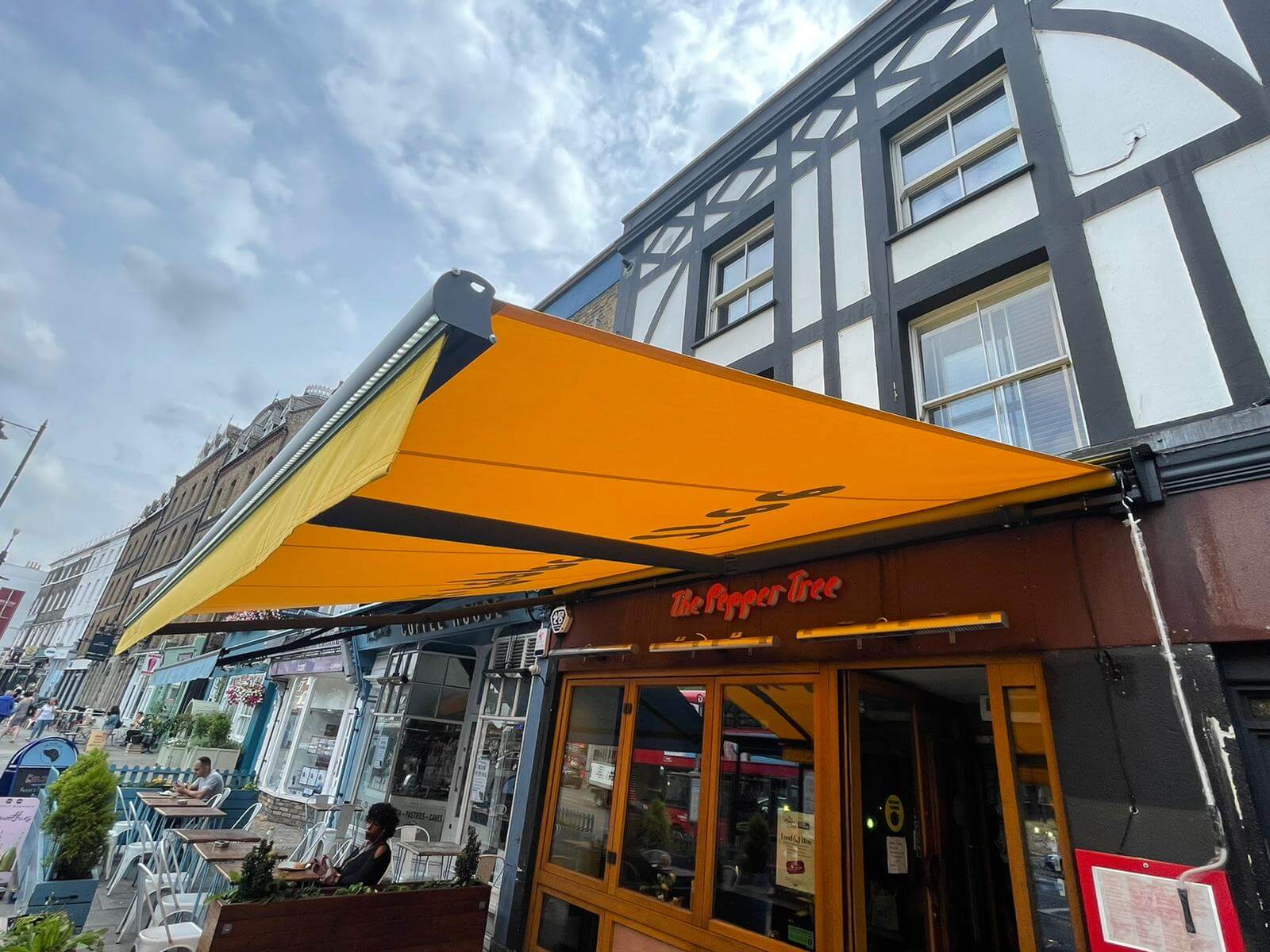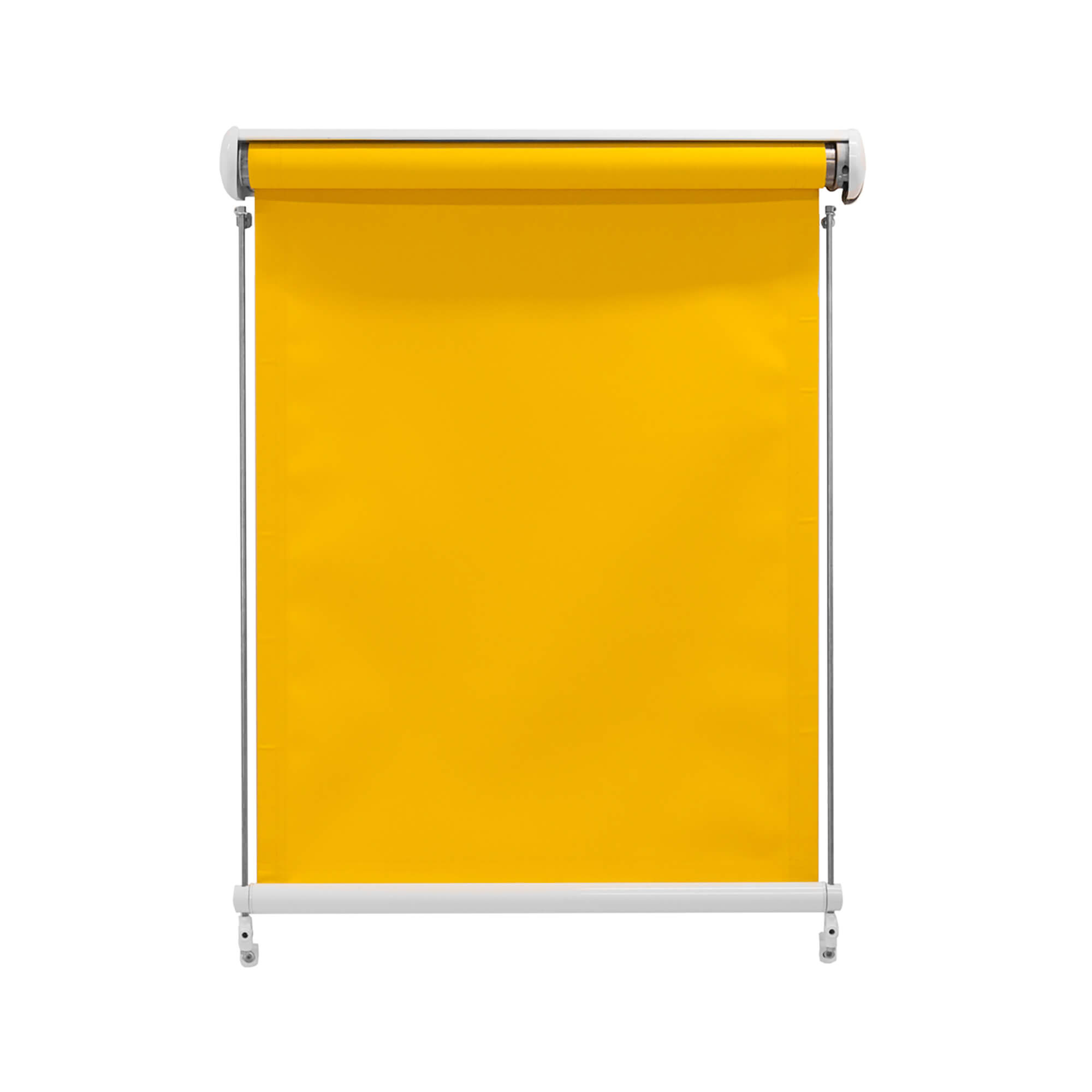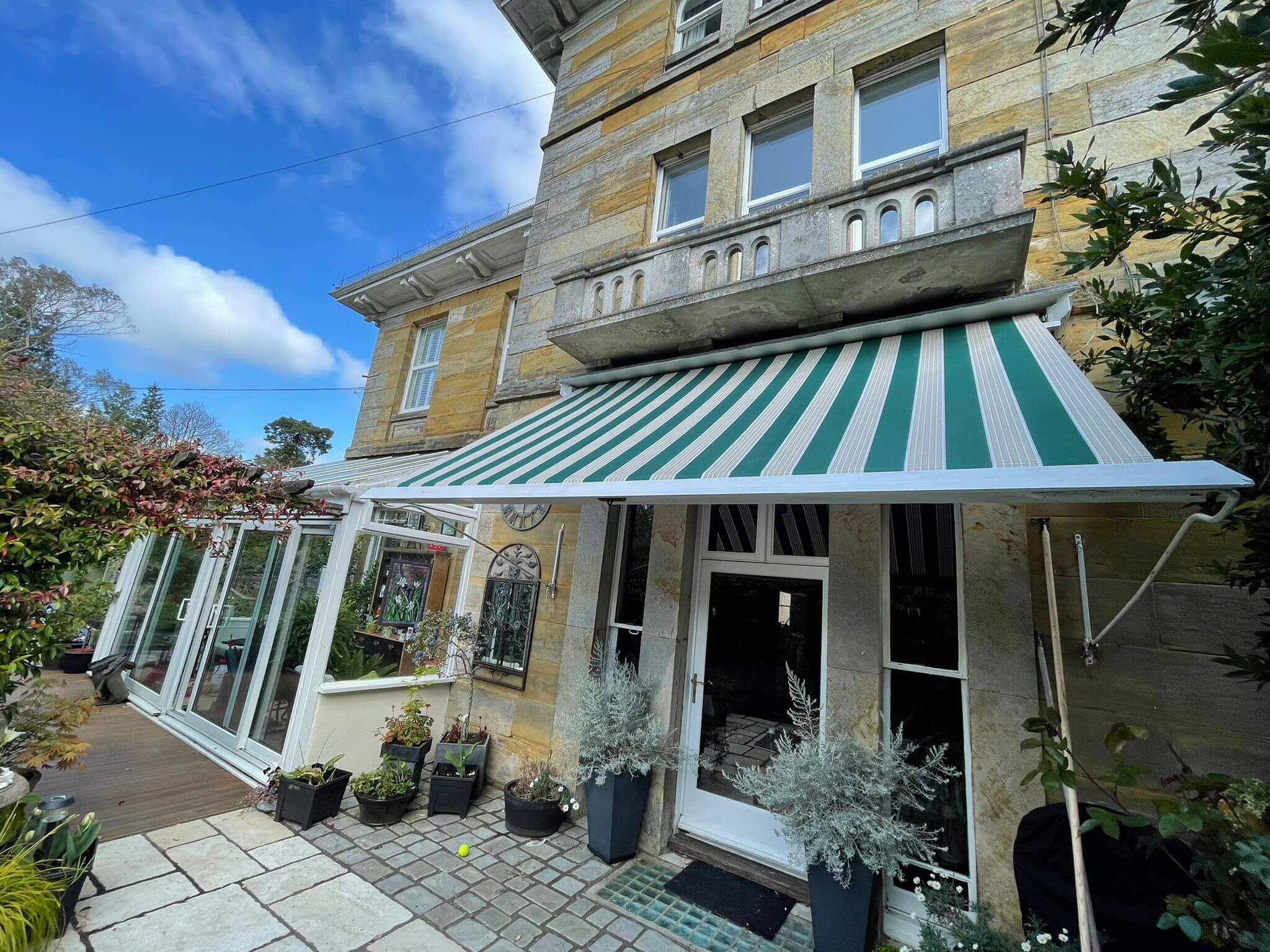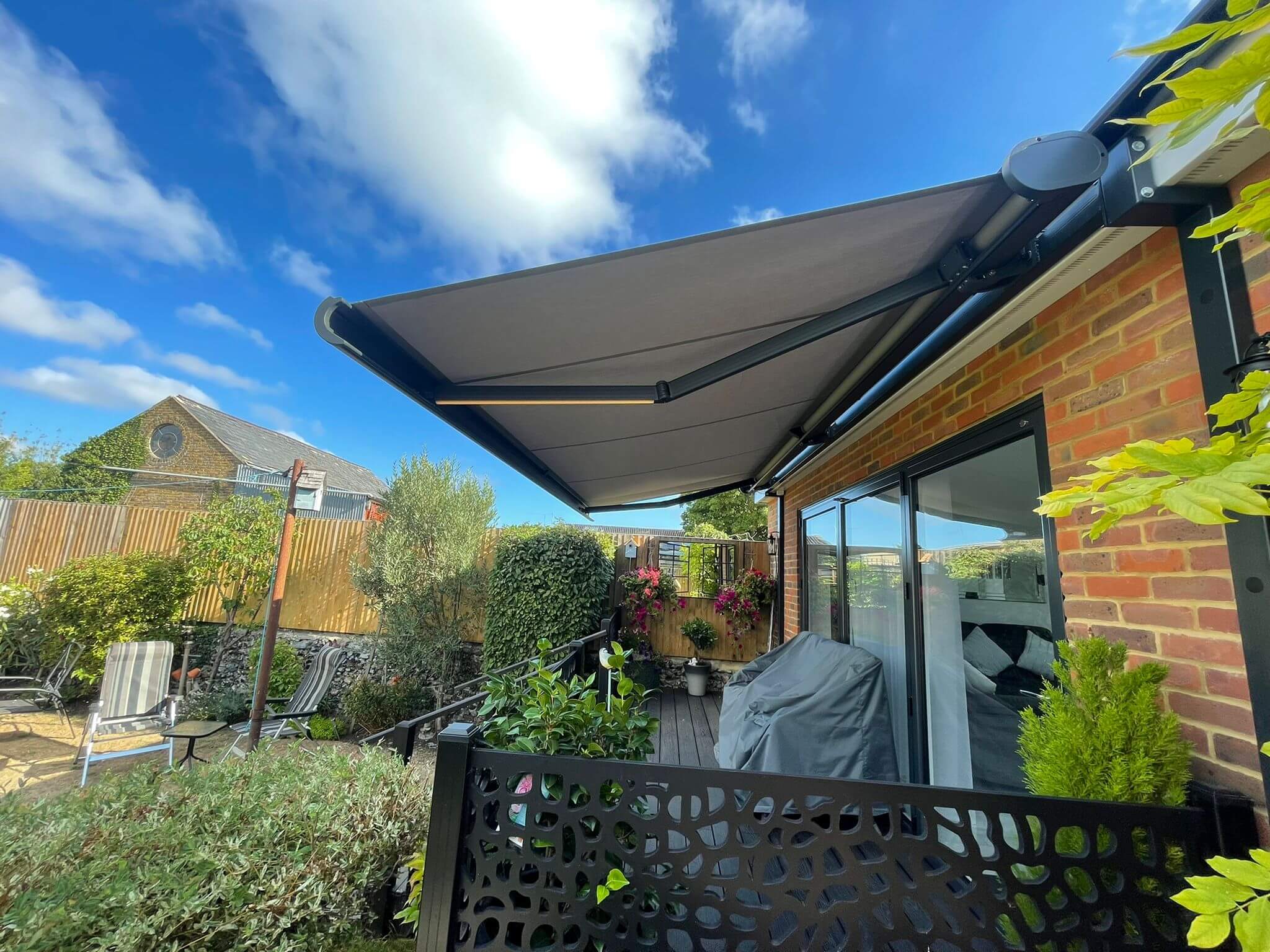How well do you understand the customers who will soon dominate your market? Outdoor spaces are no longer a seasonal perk—they’re a core expectation, especially among Millennial’s and Gen Z. These generations actively seek experiences that blend leisure, wellness, and dining in open-air environments, regardless of the weather.
But in the UK, where sunshine can swiftly turn to drizzle, offering a comfortable outdoor space isn’t just a nice-to-have—it’s essential for staying competitive.
Why It Matters?
By 2030, Gen Z alone is expected to hold a staggering £27 trillion in global spending power. They prioritise experiences, value flexible social spaces, and are highly responsive to ambience. For restaurants, cafe, and pubs, adapting to these preferences with functional, stylish outdoor areas can make a real impact on both footfall and revenue.
Choosing the Right Shelter for Your Venue
The right shelter solution helps extend your outdoor season and enhances guest comfort—all while reflecting your brand style. Here’s a breakdown of the top options:
Fixed Canopies
Best suited for entrances and facades, fixed canopies enhance kerb appeal while offering basic sun protection. While not ideal for full outdoor seating coverage, they are a simple way to upgrade your venue’s appearance.
→ At Awning Depot, our made-to-measure Dutch and Wedge canopies complement a range of architectural styles.
Retractable Awnings
Offering flexible sun and light rain protection, retractable awnings are a popular and cost-effective option. They can also be enhanced with lighting and heating features, making them suitable for year-round use—with some caution in windy conditions.
→ Customer Favourite: Strand – An open cassette model offering excellent value and versatility, ideal for commercial settings.
→ Stylish Upgrade: Victoria – A modern interpretation of traditional awnings, blending classic aesthetics with modern durability.
Pergolas
For venues seeking a robust, high-end solution, pergolas deliver unmatched durability and weather resistance. With the ability to integrate heaters, lights, and even side enclosures, they’re perfect for premium outdoor dining experiences.
→ Awning Depot offers aluminium pergolas in three standard sizes, tailored for commercial use.
Enhancing Comfort with Outdoor Heating
Even in summer, unexpected chills can disrupt the outdoor experience. That’s where infrared heating solutions come in. Compact, energy-efficient, and effective, wall-mounted heaters provide warmth without taking up floor space.
→ Awning Depot’s range includes models with integrated speakers, combining comfort and atmosphere in one smart unit.
Meeting the Moment
As consumer expectations evolve, so must the hospitality industry. Outdoor spaces are no longer optional—they’re a strategic advantage. By investing in the right shading and heating solutions, your business can create a welcoming, all-weather environment that speaks directly to the values of the Gen Z and Millennial crowd. Not only does this help increase customer dwell time and satisfaction, it also positions your venue as forward-thinking, flexible, and experience-driven—everything today’s customer is looking for.
Why Choose Awning Depot?
The shift towards enjoying outdoor experiences isn’t just a trend, it’s the future of hospitality. By creating versatile, comfortable spaces that withstand the UK’s unpredictable weather, you’re not simply adding seating, you’re building a competitive advantage that resonates with Gen Z and Millennials. Awning Depot’s commercial awnings deliver the perfect blend of functionality and style to help your venue thrive year-round. Ready to meet evolving customer expectations? Contact Awning Depot for a free consultation today!




